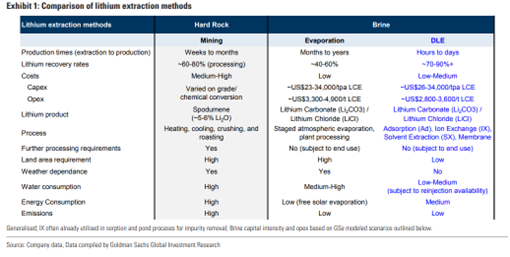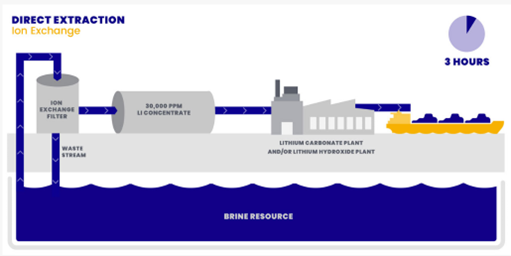With the global shift towards electric vehicles well and truly underway and power grids across the world relying on large battery banks to manage the intermittent nature of renewable energy sources, there has been and will continue to be an unprecedented demand for lithium to satisfy the insatiable appetite for batteries.
As a result, much has been spoken about a lithium squeeze. The International Energy Agency, for example, believe that current mining operations and brine projects, along with those being constructed, are anticipated to fulfill approximately only half of the projected demand.
This is worrying, not to mention the comments made by Principal Analyst at Benchmark Mineral Intelligence, Dr. Cameron Perks, outlining that project costs are expected to rise, with development timelines likely be further delayed.
Further supply remarks from Dr. Perks also mentioned skill shortages, pronounced in South America, but also prevalent in Australia and Canada, in which there is a lack of people that know how to build lithium conversion plants outside of China.
However, the implementation of Direct Lithium Extraction (DLE) technologies, labelled as “a potential game changing technology” by Goldman Sachs, has the capacity to substantially enhance the supply of lithium from brine projects.
Currently, lithium extraction from the brine found beneath salt-encrusted land, known as salar, in South America is primarily accomplished through evaporation ponds. This process has long waiting times, low recovery rates and effectively removes all elements except for lithium.
In contract, and similar to the transformative impact of shale on oil production, Direct Lithium Extraction (DLE) technology has the potential to greatly enhance the supply of lithium from brine projects. DLE could nearly double lithium production and yield by significantly improving recoveries from 40-60% to 70-90% or higher, resulting in improved project returns.
The implementation of DLE also offers sustainability benefits and strengthens the ESG credentials of those involved, as it reduces land usage by over 20 times by eliminating the need for evaporation ponds and improves water usage through potential brine reinjection. Importantly, DLE widens the lithium cost curve rather than making it steeper, ensuring a more sustainable and efficient lithium extraction process.
Below shows the comparison, including hard rock mining.

DLE processes involve precipitating lithium from brine using filters, membranes, or other equipment, reducing the environmental footprint associated with evaporation ponds.
In DLE operations, brine is pumped to a processing unit where only lithium is extracted using adsorption, resin, or membrane materials. The remaining brine can be reinjected into aquifers, making it an environmentally favourable approach.
While DLE technologies are relatively new to the lithium industry, other industries have already utilised similar technologies at a commercial scale. The growing demand for technological advancements in lithium extraction is fuelled by record-high lithium prices, exceeding the marginal cost of existing supply.
Policy changes, such as Chile's National Lithium Policy (NLP), further support the adoption of DLE technologies.
Although each brine resource has its unique characteristics, successful DLE technologies can be transferable with some optimisation.
DLE has the potential to be a game-changing technology for lithium supply, with potential implementation expected between 2025-2030 in Chile and Argentina.
Challenges related to scalability, water consumption, and brine reinjection need to be addressed, but ongoing efforts are underway to overcome them. DLE projects can be developed as greenfield projects, brownfield expansions, or to enhance recoveries of existing operations. Despite market scepticism, commercial development of DLE technology by the end of the decade is anticipated.
Shown below is Lake Resources’
(ASX:LKE) DLE technology used at their Kachi Demonstration Plant in Argentina’s Catamarca Province. The technology has been developed by California-based, Lilac Solutions.

Next week, all notable DLE companies and lithium miners either aiming to, or currently using DLE extraction technologies will be discussed.